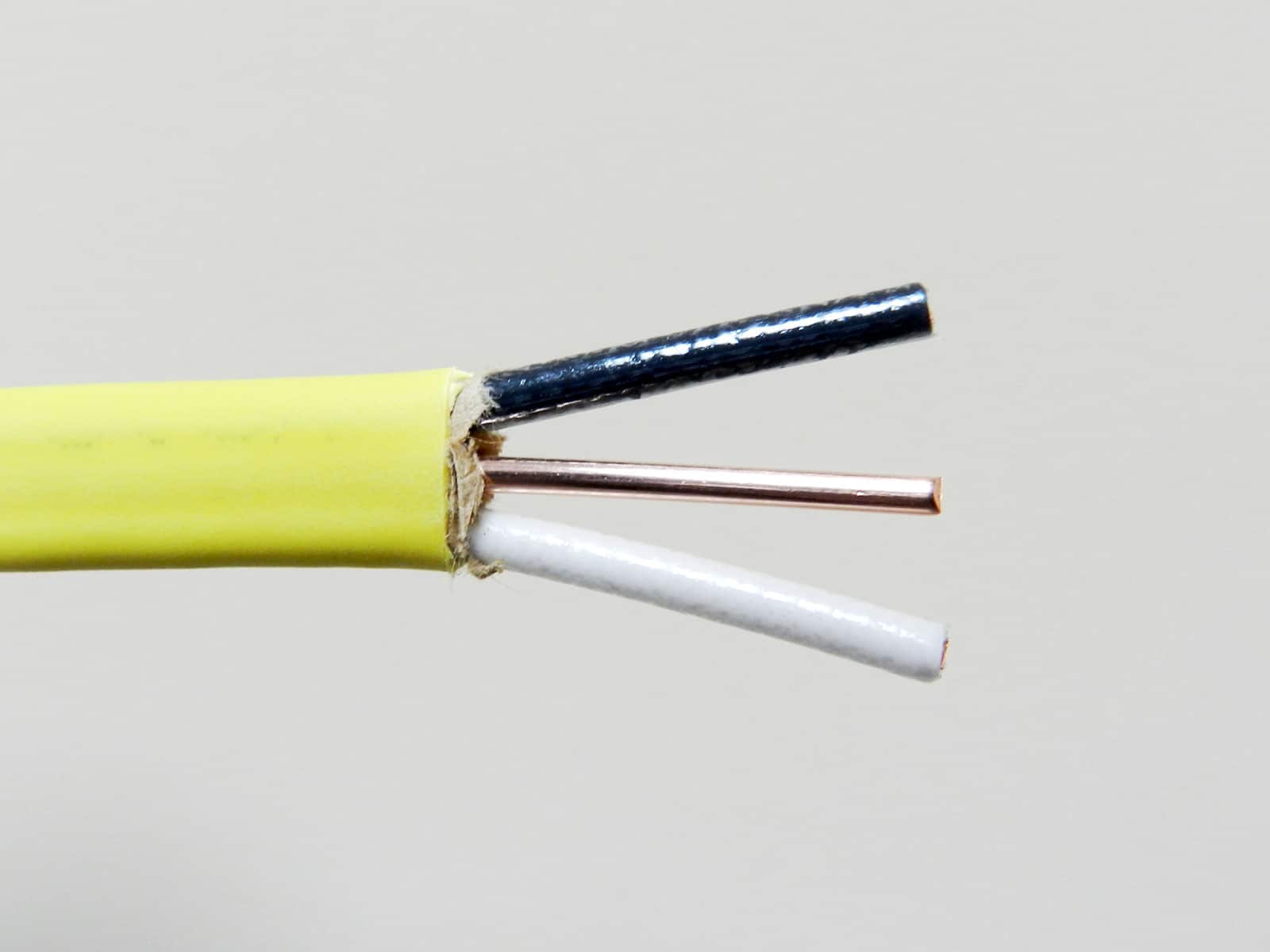Rich585
New Member
I am confused on wiring conventions.
Residential AC wiring has white wire neutral, black wire 120vac, bare copper for ground.
DC wiring has black wire negative, red for positive.
What I am confused is if you have a small solar system (dc) and have a 2000+watt inverter that allows you to run power to a small panel, what wiring convention is considered proper?
Would it not be confusing to have a black wire DC negative and AC “hot” in the same panel?
I am thinking towards wiring in a DIY camper or garage for example.
What is proper color coding or does it not matter as long as it is consistent?
thanks
Residential AC wiring has white wire neutral, black wire 120vac, bare copper for ground.
DC wiring has black wire negative, red for positive.
What I am confused is if you have a small solar system (dc) and have a 2000+watt inverter that allows you to run power to a small panel, what wiring convention is considered proper?
Would it not be confusing to have a black wire DC negative and AC “hot” in the same panel?
I am thinking towards wiring in a DIY camper or garage for example.
What is proper color coding or does it not matter as long as it is consistent?
thanks



